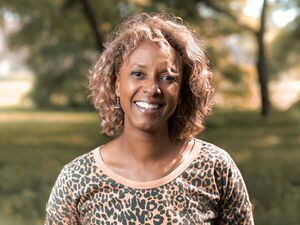Shropshire Star comment: Shropdoc to 111 move may cause more harm
Your starter for 10. Without looking it up, what is the number of Shropdoc?

Having trouble? Not now. Shropshire's contract for out-of-hours medical care has moved from Shropdoc to the national 111 line.
And according to one local health official, who wants to remain anonymous, there are going to be consequences which will impact on the workload of our accident and emergency departments.
His or her point is not that 111 is so much easier to remember that it will get more callers than Shropdoc, although intuitively having an easy to remember contact number will surely make the service easier to access, and therefore more popular.
Their worry is based on the way the 111 system works.
Essentially the fear is that 111 is not so much a filter, but a conduit.
In assessing patients' ailments and medical requirements, the argument goes, the 111 service is far more likely than Shropdoc to adopt a position of packing patients off to A&E as a default mechanism.
And anybody who has had occasion to go to one of Shropshire's accident and emergency departments knows that as things stand already, you can count yourself lucky if you are in and out within the government's target times. If luck is not on your side, you could be waiting for many hours.
The figures suggest that what this health official is saying is not scaremongering, but a phenomenon likely to be borne out in practice, which would add hugely to the pressures already being experienced by A&E.
Shropdoc sent around six per cent of callers an ambulance, or directed them to A&E. Last month, the 111 service in the West Midlands sent a quarter of callers to A&E.
That is the tidal wave that could be about to break on Shropshire's A&Es if the pattern is repeated.
It seems the heart of the matter is that 111 uses a safety-first symptom tree, whereas a doctor or nurse, exercising more acute judgment, can determine with greater precision just who needs to go to A&E and, crucially, who does not.
In any event, if patients know that there is a likelihood that the 111 system will refer them to A&E, why waste time with 111 - why not go to A&E as the first resort?
In the light of the warnings, the operation of the 111 system will need to be closely monitored to see how it beds in.
The evidence will probably be found at the A&E departments. If they are being overwhelmed, it could be a sign that all 111 is doing is passing the buck.





